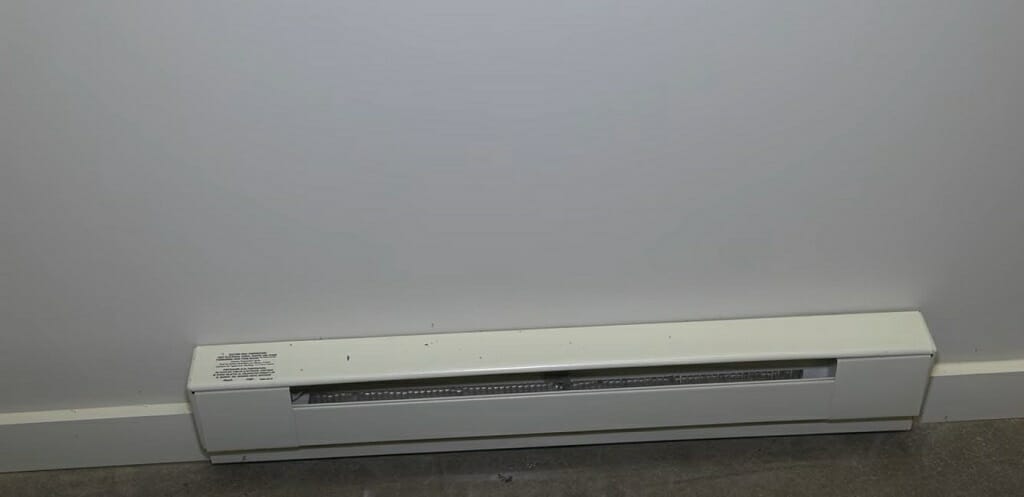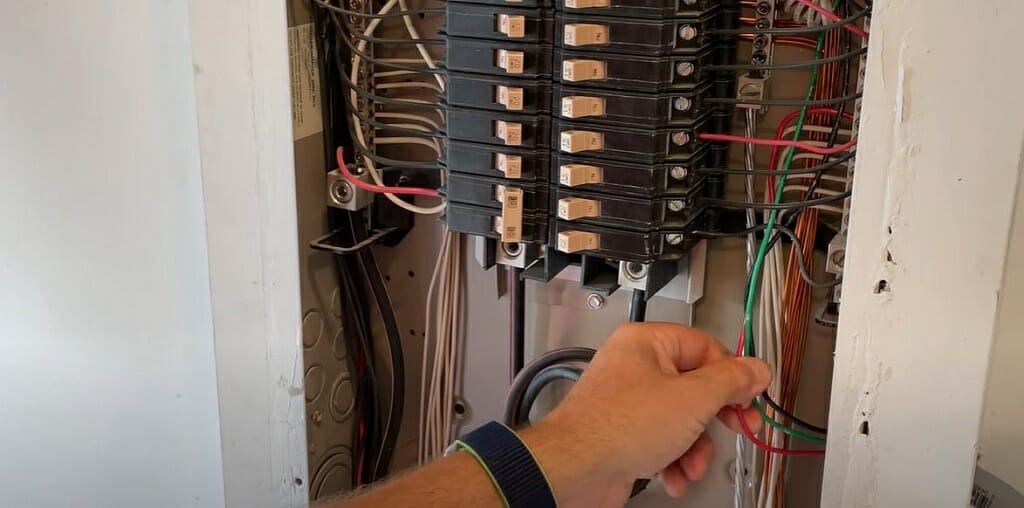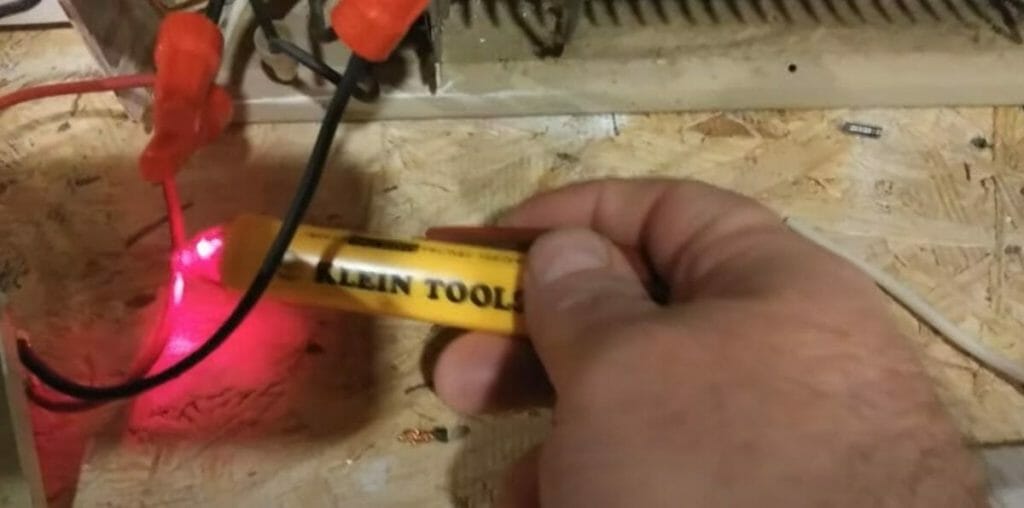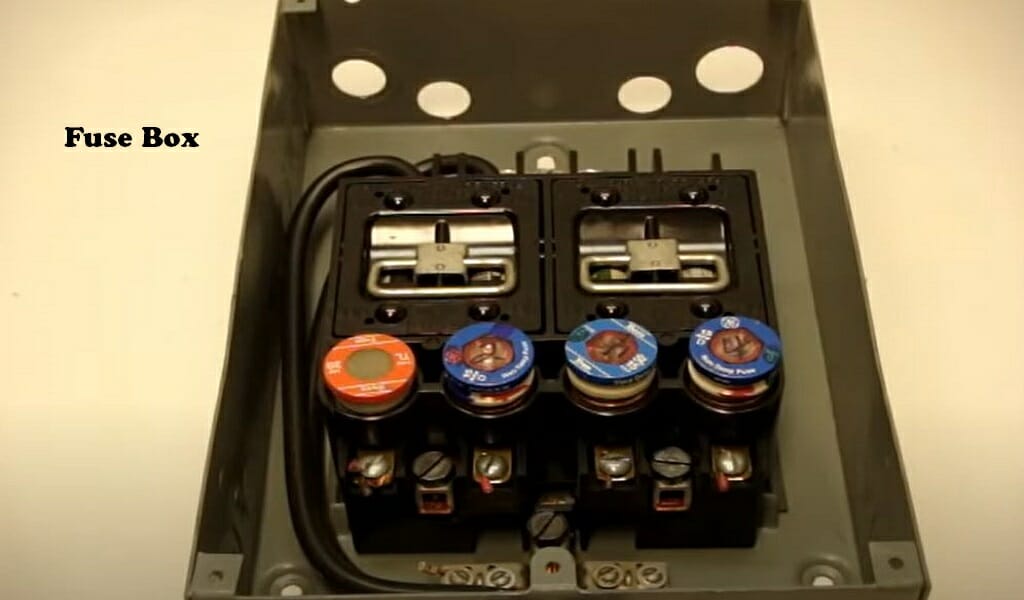Where is the Fuse in an Electric Baseboard Heater?

In this article, you’ll learn where the electric baseboard heater’s fuse is located and how to replace it.
The fuse can be labeled as an electric baseboard heater’s first line of defense. Because let’s face it, these heaters are exposed to electric overload constantly due to their large power requirement. The fuse blows up in this type of electric overload and cuts off the power to the heater. So, knowing the exact location of an electric baseboard heater fuse will come in handy during a fuse replacement.
In general, most electronics have a fuse inside them. But electric baseboard heaters don’t come with a built-in fuse. Instead, they get power from a dedicated circuit breaker, and the breaker has a fuse that acts as a safeguard for the heater in case of emergency.
I’ll go into more detail in the below article.
Location of the Electric Baseboard Heater Fuse
The fuse is undoubtedly one of the most critical components of any electrical device. It safeguards the electrical device from electric overload. That is why you see a complete fuse board in your car. But here we are talking about the electric baseboard heaters. And a fuse is far more important for electric baseboard heating than one might think since it is a popular option to heat common households. At the same time, you should know where the fuse is in an electric baseboard heater.

Unlike most other electric devices, your electric baseboard heater doesn’t have a built-in fuse. Instead, the fuse is located at the baseboard heater’s dedicated amp circuit breaker (electrical panel’s main breaker box). To identify this circuit breaker, you’ll need an electrician.
However, if you are up to the task, here are a few simple techniques for locating an electric baseboard heater’s dedicated circuit breaker.
Locating Electric Baseboard Heater’s Circuit Breaker in Electrical Panel
Locating an electric baseboard heater’s circuit breaker in your electrical panel is not difficult. There are a few ways that you can do that. Here’s a short explanation.
Method 1 – Find the Label
If all the circuit breakers in the electrical panel are labeled, you don’t have to worry about anything. Find the circuit breaker with the corresponding number for the electric baseboard heater.
Quick Tip: Don’t be surprised if the electric panel isn’t labeled. Most of the time, it can happen. Hence, try the following method.
Method 2 – Check All the Breakers
The second method is a bit more difficult, but you’ll get better results. And you’ll need a non-contact voltage tester for this.

First, place the non-contact voltage tester close to the baseboard heater’s wires. Or ask someone to hold the voltage tester close to the wires. Remember to keep the heater switch ON. And the voltage tester should be flashing its light since the voltage is supplied to the heater.
Then, go to the electric panel and switch OFF each breaker one by one. At the same time, ask your assistant to inspect the voltage tester closely. When you turn off the baseboard heater’s dedicated circuit breaker, the voltage tester will not show any light.

After identifying the correct circuit breaker, you can locate the fuse close to the circuit breaker. Or sometimes, it might be in a separate fuse box.
Role of the Electric Baseboard Heater Fuse
The fuse must protect the electric baseboard heater. It accomplishes this by preventing electric overload from entering the heater. And here’s the complete process.
Sometimes, the circuit breaker sends too much electricity to the baseboard heater. This can happen due to a short circuit, circuit overload, ground fault, or fault arc.
But when you have a fuse between the circuit breaker and the heater, the fuse will get damaged in case of an overload. Hence, the circuit connection will be broken, and the baseboard heater will be safe.
As you can understand, the fuse is an important part of the electric baseboard heater, and you should check the fuse regularly.
How to Identify a Blown Fuse?
All the fuses are designed to blow in case of a short circuit or electric overload. It acts as a safety device for the baseboard heater. Most commonly, fuses come with 5A, 10A, or 20A ratings. The fuse will blow when the current is more than the rated value. But do you know how to identify a blown fuse? Well, here are some common signs that you can detect easily.
- If you can see a dark smear on the inside glass surface of the fuse, it is an obvious sign of a blown fuse.
- The thin wire located inside the fuse might appear broken. That is also a good indication of a blown fuse.
- You might not get power to the electric baseboard heating process, which means the fuse might be damaged.
Quick Tip: If you need to check the blown fuse, you can do it with a digital multimeter. Set the multimeter to ohm settings and connect the two leads to the fuse. The resistance should be between 0 and 5Ω. Otherwise, the fuse is blown.
How Can I Replace a Blown Fuse?
The fuse replacement process is a little bit complicated. For instance, first, you’ll have to find the electric baseboard heaterfuse. Sometimes it will be inside the electrical panel, or sometimes it might be in a separate fuse box. Therefore, identifying and replacing the fuse can be a little tricky. It is smart to hire an electrician for this type of task.
However, if you are comfortable with the process, you can complete the replacement yourself. But remember, if you install a wrong fuse accidentally, the baseboard heater might pay the price.
What Can Happens If I Don’t Replace the Fuse?
Well, if you don’t replace the fuse, many things can go wrong. For instance, a blown fuse might cause sparks and lead to an electric fire. And the fuse box is located very close to the electrical panel. Hence, the results could be destructive, and you might end up with property damage.
Quick Tip: Whenever you detect a blown fuse, replace it soon as possible.
Take a look at some of our related articles below.
Video References
CCPIA
The Home Tips Show
James Glass
sparkyjohnrg
